How to fix sandy garden soil.
What Is Included in This Post:
- Introduction: Understanding the Challenges of Sandy Garden Soil
- Assessing Your Soil: Identifying the Specific Needs of Sandy Soil
- Organic Amendments for Enhancing Sandy Soil Fertility
- Compost: The Essential Organic Amendment for Improving Sandy Soil Structure
- Mulching: Retaining Moisture and Preventing Nutrient Leaching In Sandy Soil
- Cover Crops: Boosting Organic Matter and Preventing Erosion In Sandy Soil
- Soil Testing and pH Adjustment: Balancing Soil Acidity and Nutrient Availability in Sandy Soil
- Sustainable Practices for Maintaining Healthy Sandy Soil: Best Practices for Long-Term Soil Improvement
- Conclusion
- Frequently Asked Questions
Gardening in sandy soil presents unique challenges due to its fast drainage and low water and nutrient retention capabilities. Sandy soil tends to be loose, grainy and lacks the necessary organic matter to support healthy plant growth. However, with the right knowledge and techniques, it is possible to improve the fertility and structure of sandy soil. In this article, I will explore effective organic amendments that can be used to fix sandy garden soil. By understanding the specific needs of sandy soil and implementing these organic amendments, you can create a thriving garden that overcomes the limitations of sandy soil and supports the growth of lush, vibrant plants.
This is a pinnable post. Tap or hover over any image in this post to pin to your Pinterest Boards.
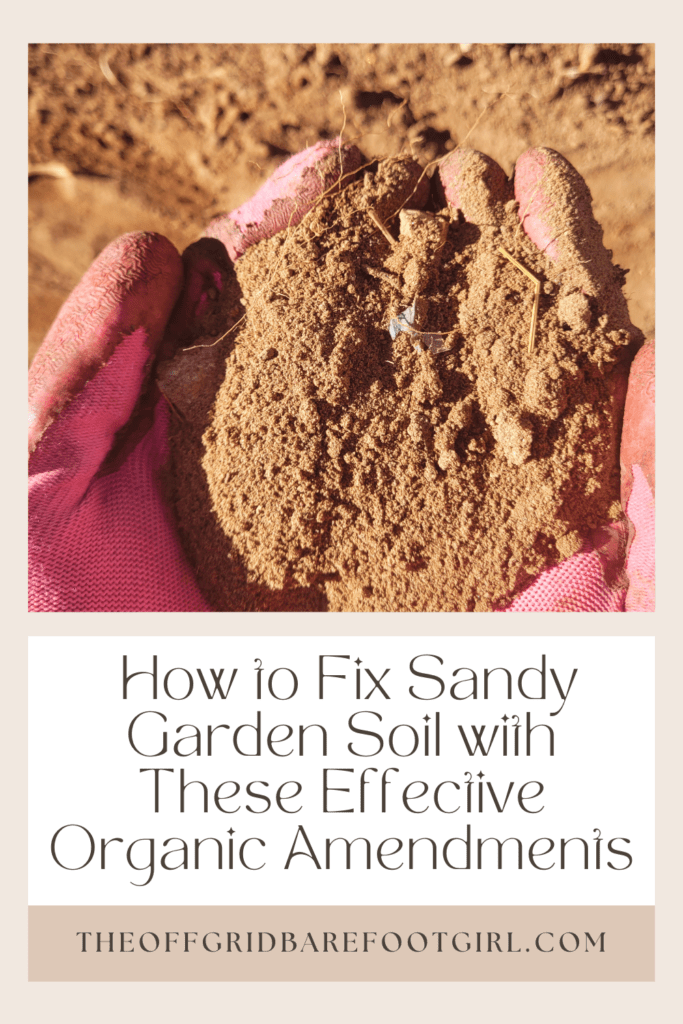
Introduction: Understanding the Challenges of Sandy Garden Soil
Gardening can be a rewarding and therapeutic activity, but it can also lead to frustration when dealing with difficult soil conditions. One such challenge is sandy garden soil. Sandy soil, characterized by its loose and grainy texture, poses unique problems that can hinder plant growth and health.
Sandy soil is notorious for its poor water retention and drainage capabilities. This means that water quickly passes through the soil, leaving plants thirsty and vulnerable to drought. Additionally, sandy soil lacks essential nutrients, making it difficult for plants to thrive and reach their full potential.
But don’t despair! By recognizing the specific needs of sandy soil and implementing the right organic amendments, you can transform your sandy garden soil into a fertile oasis that supports vibrant plant growth.
Assessing Your Soil: Identifying the Specific Needs of Sandy Soil
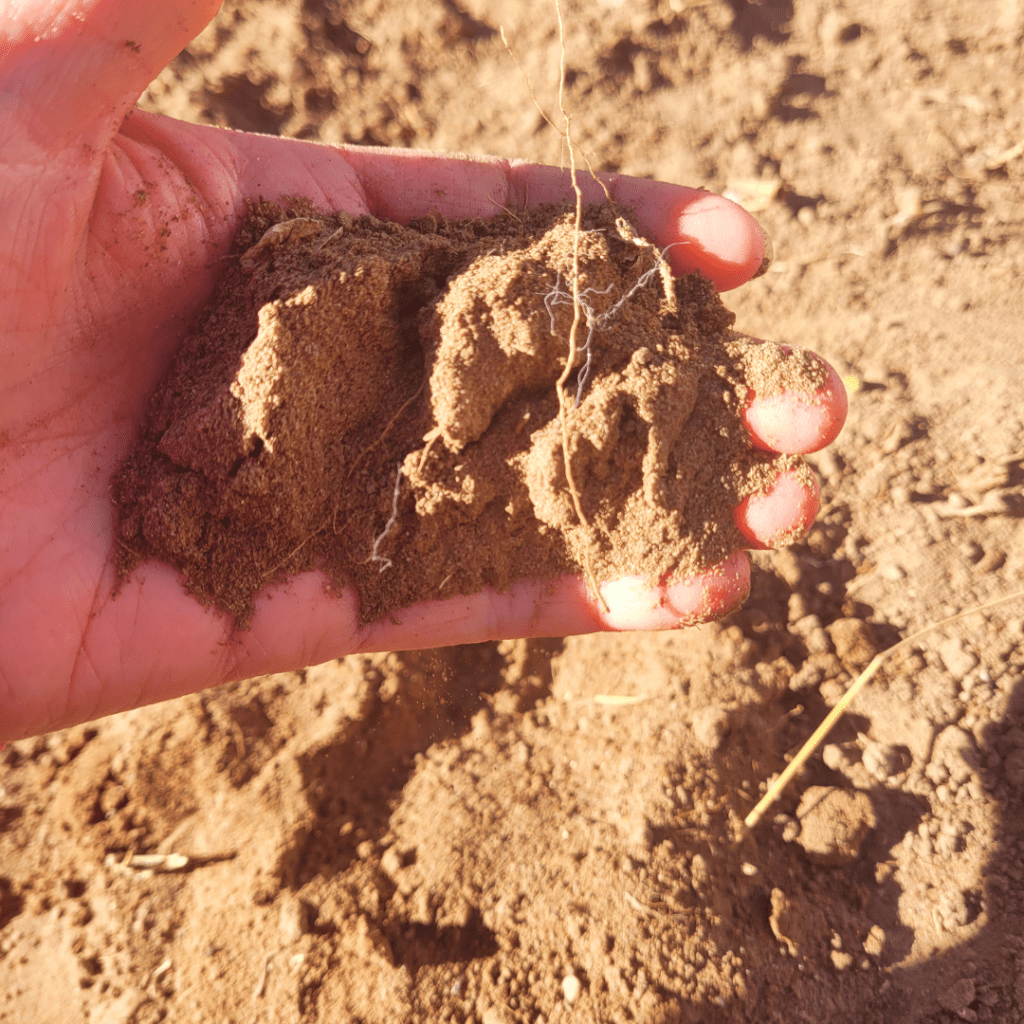
Characteristics of Sandy Soil
Before diving into the solutions, it’s important to understand the characteristics of sandy soil. Sandy soil is composed of larger particles, which give it its loose texture. This texture allows for excellent drainage, but it also means that water and nutrients can easily wash away.
Sandy soil is often light and airy, making it easy to work with. However, its lack of structure can pose challenges when it comes to retaining moisture and holding onto essential nutrients.
How I Battle My Sandy Garden Soil
Dealing with sandy garden soil can be quite a challenge, but over the past couple of years after moving to my new homestead, I’ve developed effective strategies to combat its limitations. Firstly, addressing soil fertility is crucial. Sandy soils are often low in organic matter and nutrients, so regularly incorporating compost or well-rotted manure helps improve soil structure and adds essential nutrients. Secondly, implementing proper irrigation practices is key. Sandy soils have poor water-holding capacity, which means frequent watering is necessary to prevent the plants from drying out. Using drip irrigation or installing a good sprinkler system helps ensure the water penetrates deeply into the root zone without causing excessive runoff.
Finally, selecting appropriate plants is vital for success. Native species that are naturally adapted to sandy conditions—such as beachgrass or yucca—thrive in such environments with little intervention. Overall, managing sandy soil requires consistent efforts in enhancing fertility, optimizing hydration techniques, and understanding plant preferences to achieve a flourishing garden despite its challenges. It is well worth the effort for me!
Identifying Nutrient Deficiencies in Sandy Soil
Apart from its drainage issues, sandy soil is also notorious for lacking the essential nutrients required for healthy plant growth. Sandy soil has low organic matter content and struggles to hold onto nutrients such as nitrogen, phosphorus, and potassium.
If your plants exhibit stunted growth, yellowing leaves, or reduced flowering, it may be a sign of nutrient deficiencies in your sandy soil. Performing a soil test can help you identify specific nutrient deficiencies and determine the best course of action.
Organic Amendments for Enhancing Sandy Soil Fertility
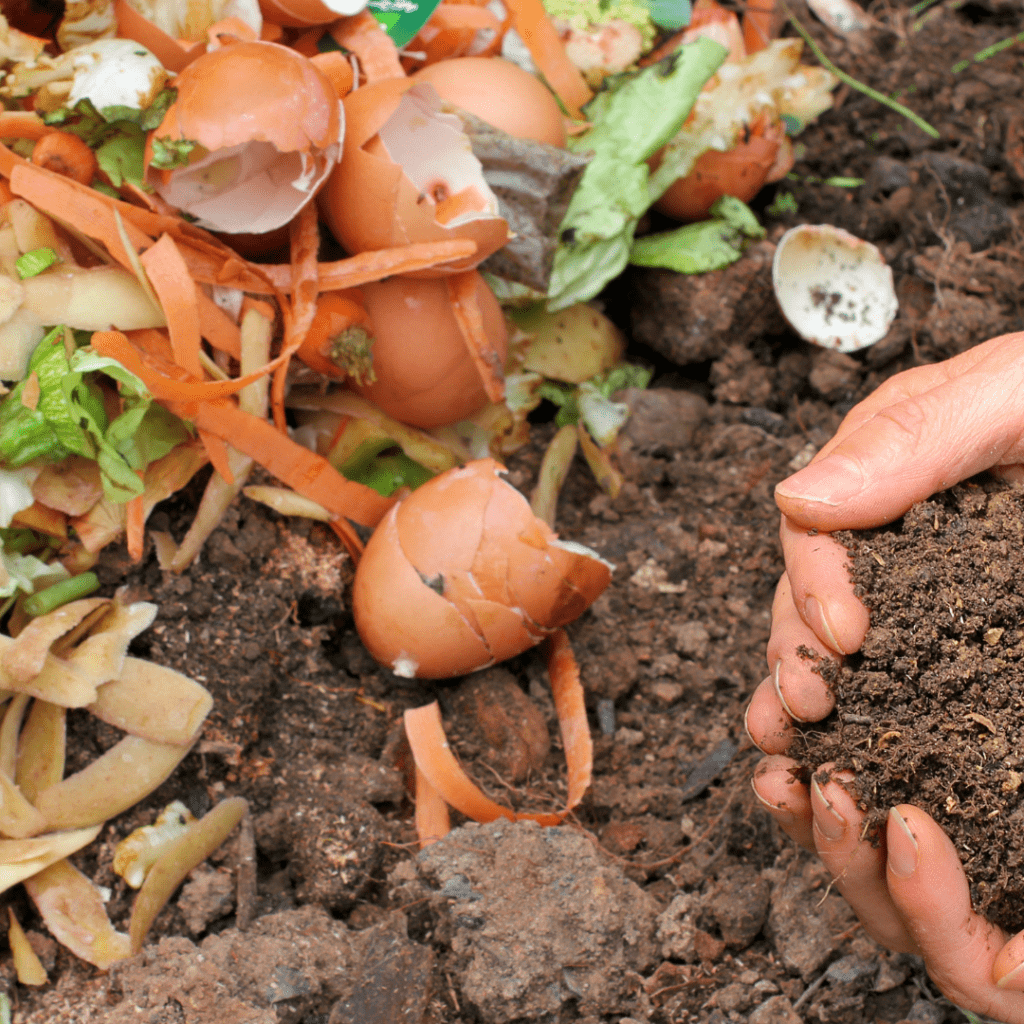
Now that you understand the challenges of sandy soil, it’s time to explore the organic amendments that can help enhance its fertility. Organic amendments consist of natural materials that improve soil structure, increase water retention, and provide essential nutrients to plants. These amendments work hand in hand to create a nutrient-rich environment that supports robust plant growth.
Compost: The Essential Organic Amendment for Improving Sandy Soil Structure
Benefits of Compost for Sandy Soil
When it comes to amending sandy soil, compost is the superhero you need. Compost is a mixture of decomposed organic matter, such as kitchen scraps, leaves, and yard waste. It is the ultimate multitasker, improving soil structure, enhancing water retention, and boosting nutrient availability.
Adding compost to sandy soil improves its ability to retain moisture, preventing water from rapidly draining away. The organic matter in compost acts like a sponge, holding onto water, and making it available to plant roots over time. This is especially crucial during dry spells or when watering is limited.
Additionally, compost is a nutrient powerhouse, supplying plants with a wide range of essential elements. It helps replenish the nutrient content of sandy soil and enhances its overall fertility. The organic matter in compost encourages beneficial microbial activity, promoting nutrient cycling and creating a healthy soil ecosystem.
How to Make and Apply Compost in Sandy Soil
Making compost is a rewarding process that can be done right in your backyard. Start by collecting kitchen scraps, grass clippings, fallen leaves, and other organic materials. Layer them in a compost bin or pile, alternating between green (nitrogen-rich) and brown (carbon-rich) materials. Keep the pile moist and turn it regularly to ensure proper decomposition.
Once your compost is ready, it’s time to apply it to your sandy soil. Spread a layer of compost evenly over the surface and gently work it into the top few inches of soil. This will improve its structure and incorporate valuable nutrients. Aim for a depth of around 2-3 inches of compost, but adjust according to your soil’s needs.
Remember, composting is an ongoing process, and regular applications of compost will continue to improve your sandy soil over time.
With the help of organic amendments like compost, you can turn your sandy garden soil into a thriving environment for plants. Don’t let the challenges of sandy soil discourage you from pursuing your gardening dreams. Embrace the power of organic amendments and watch your garden flourish!
Mulching: Retaining Moisture and Preventing Nutrient Leaching In Sandy Soil
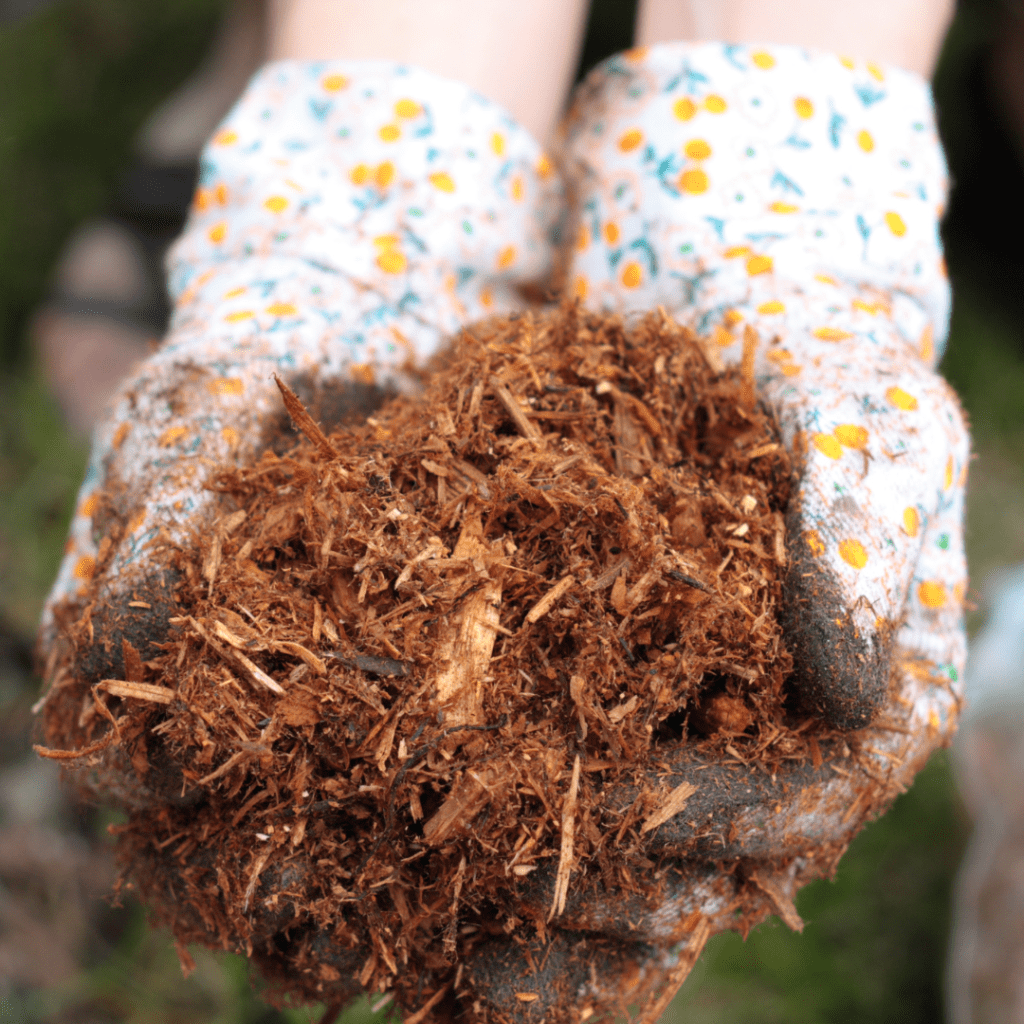
Sandy soil can be pretty thirsty, so it’s crucial to find ways to retain moisture and prevent valuable nutrients from washing away. That’s where mulching comes in. Mulch acts like a superhero cape for your garden, keeping the soil hydrated and protecting it from the harsh elements.
Types of Mulch Suitable for Sandy Soil
When it comes to mulching sandy soil, you want to choose materials that will break down slowly and enrich the soil over time. Organic options like straw, wood chips, or compost make excellent mulches for sandy soil. Not only do they retain moisture, but they also add vital organic matter to the soil as they decompose.
Mulching Techniques for Sandy Soil: How to Fix Sandy Garden Soil
To mulch sandy soil effectively, start by preparing the soil surface by removing any weeds or debris. Then, apply a layer of mulch about 2 to 3 inches thick, making sure to leave a small gap around the stems or trunks of your plants to prevent rotting. Keep an eye on the moisture level and replenish the mulch as needed to maintain an optimal growing environment for your plants.
Cover Crops: Boosting Organic Matter and Preventing Erosion In Sandy Soil
Cover crops are like nature’s secret weapon for improving sandy soil. These hardworking plants not only help to prevent erosion, but also work to increase organic matter in your soil. They act as a protective blanket, shielding your precious soil from the elements and fixing nitrogen, keeping it in the ground where your plants can benefit.
Suitable Cover Crops for Sandy Soil: How to Fix Sandy Garden Soil
When choosing cover crops for sandy soil, look for options that have deep-rooting systems, as they will work wonders in improving soil structure. Legumes like clover or hairy vetch are fantastic choices as they also fix nitrogen, providing a natural fertilizer for your garden.
Planting and Managing Cover Crops In Sandy Soil: How to Fix Sandy Garden Soil
To get started with cover crops, sow the seeds according to the instructions on the packet. Once the cover crops have grown to a desirable height, you can either mow them down or incorporate them into the soil. This will add valuable organic matter and nutrients, improving the overall health of your sandy soil. Be sure to rotate cover crops each season to avoid depleting specific nutrients and to maintain optimal soil fertility.
Soil Testing and pH Adjustment: Balancing Soil Acidity and Nutrient Availability in Sandy Soil
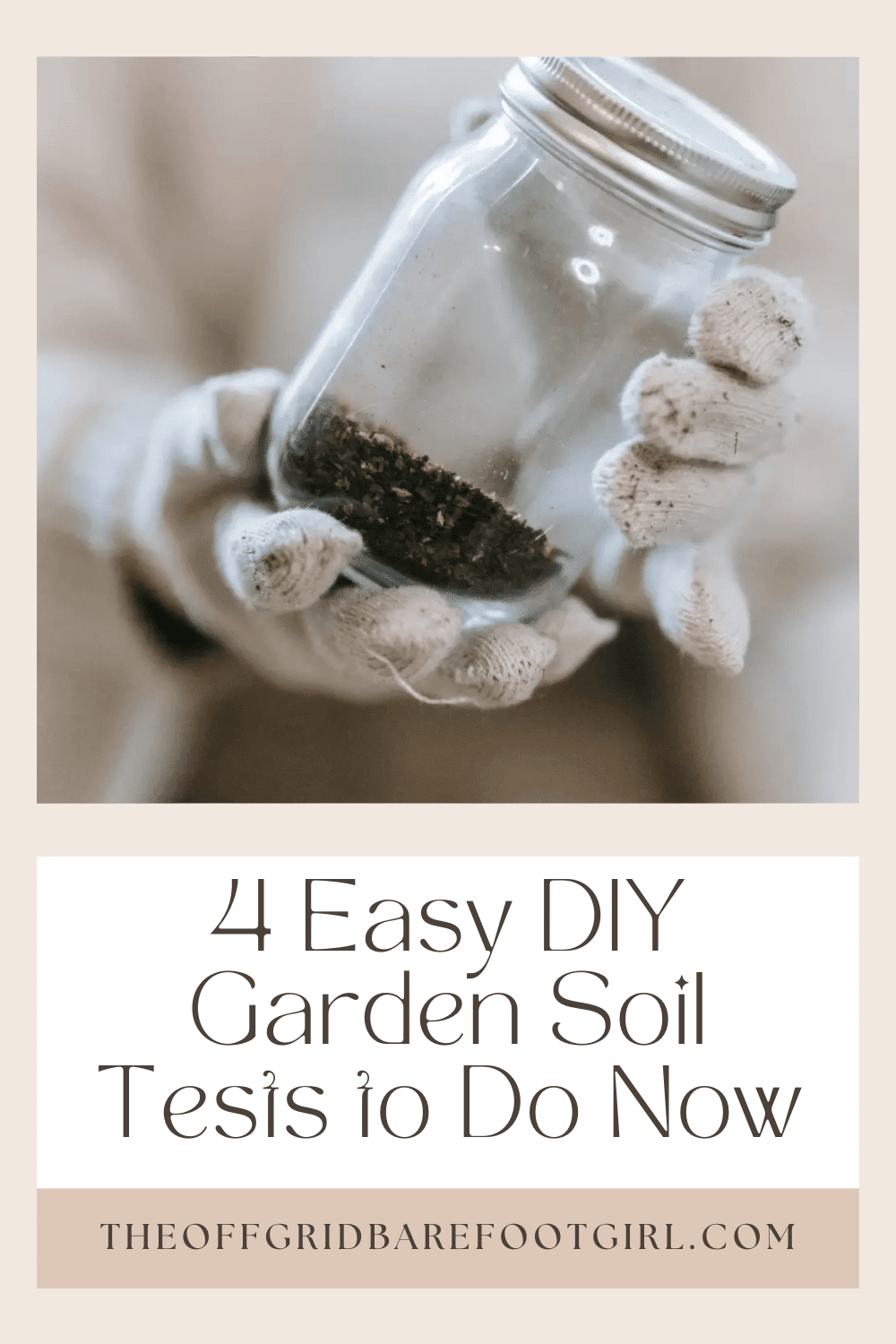
Sandy soil has a reputation for being a bit acidic, which can affect nutrient availability for your plants. Understanding your soil’s pH levels through soil testing is vital to ensure your plants are getting the nutrients they need.
Importance of Soil Testing in Sandy Soil
By conducting a soil test, you can pinpoint any deficiencies or imbalances in your sandy soil. This information will guide you in making informed decisions about the amendments your soil needs to promote healthy plant growth. Soil testing is like giving your garden a check-up, and it’s a great way to avoid guesswork.
You can perform simple DIY garden soil tests yourself. I have written a separate post solely on how to test your garden soil with items you may already have on hand.
4 Easy DIY Garden Soil Tests to Do Now
Adjusting pH Levels In Sandy Soil: How to Fix Sandy Garden Soil
If your soil test reveals that your sandy soil is too acidic, you can adjust the pH by adding amendments such as lime or wood ash. These materials help to raise the pH level and make the soil more alkaline. Be cautious, though, as applying too much can swing the pH too far in the opposite direction. It’s always best to follow the recommended dosages and retest your soil after making any adjustments.
Sustainable Practices for Maintaining Healthy Sandy Soil: Best Practices for Long-Term Soil Improvement
To keep your sandy soil in top shape for the long haul, you’ll want to embrace some sustainable practices that promote soil health and fertility.
Crop Rotation and Diversification: How to Fix Sandy Garden Soil
Just like taking a break from work makes you more productive, rotating crops in your garden helps prevent nutrient depletion and reduces the risk of soil-borne diseases. By changing what you plant in different areas each season, you’ll give your sandy soil a chance to recharge and recover.
Water Management Strategies for Sandy Soil
When it comes to watering sandy soil, less is often more. Sandy soil drains quickly, so it’s important to water deeply and infrequently to encourage deeper root growth. Consider using drip irrigation or soaker hoses to deliver water directly to the roots, minimizing evaporation and maximizing efficiency. Additionally, adding organic matter to your soil through mulching and cover crops can improve water retention, reducing the need for frequent watering.
By incorporating these organic amendments and following sustainable practices, you can transform your sandy soil into a thriving garden oasis. So don your gardening gloves and get ready to give your sandy soil the love and attention it deserves!
Conclusion
In conclusion, sandy garden soil can be transformed into fertile ground with the use of organic amendments. By incorporating compost, mulching, cover crops, and adjusting pH levels, you can improve the structure, moisture retention, and nutrient availability in sandy soil. It is also important to adopt sustainable practices like crop rotation and water management to maintain the health of sandy soil in the long run. With these effective organic amendments and best practices, you can turn your sandy garden soil into a thriving environment that supports the growth of beautiful, healthy plants. Happy gardening!
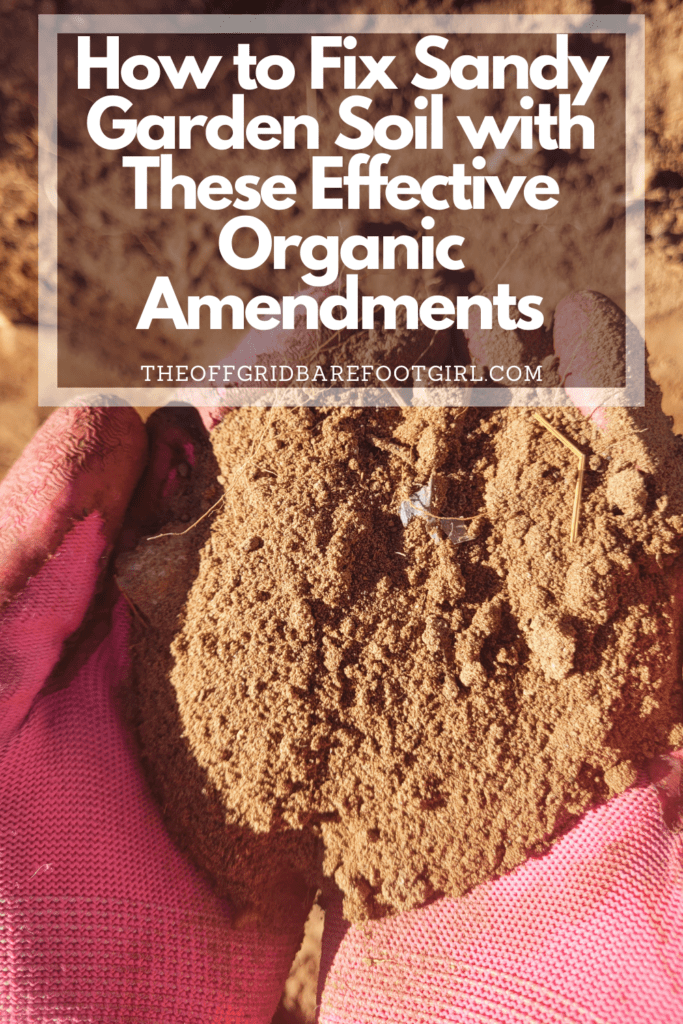
Frequently Asked Questions
1. Can I use any type of compost to improve sandy soil?
Using high-quality, well-decomposed compost is recommended for improving sandy soil. Compost that is rich in organic matter will help enhance the structure, water retention, and nutrient content of sandy soil. Avoid using compost that contains weed seeds or is sourced from potentially contaminated materials.
2. How often should I mulch sandy soil?
Mulching sandy soil is essential for retaining moisture and preventing nutrient leaching. It is recommended to apply a layer of mulch at least once a year. However, in areas with hot climates or where evaporation rates are high, it may be beneficial to apply mulch more frequently, such as every six months, to help maintain soil moisture levels.
3. Can I grow any type of plants in sandy soil?
While sandy soil can pose some challenges, many plants can still thrive in these conditions. Native plants, succulents, and plants that are adapted to sandy environments are generally well-suited for sandy soil. Additionally, by amending the soil with organic matter and following proper watering and fertilizing techniques, a wider range of plants can be successfully grown in sandy soil.
4. Should I adjust the pH of sandy soil?
It is important to test the pH of your sandy soil before making any adjustments. In general, sandy soil tends to be more acidic due to the leaching of nutrients. Depending on the specific needs of your plants, you may need to adjust the pH by adding organic amendments or using products specifically designed for pH adjustment. However, it is essential to follow proper soil testing procedures and consult with local gardening experts to ensure the correct pH levels for your plants.
Summary
I hope I have inspired you to amend your garden with these tips and products.
If you were encouraged by this post, I invite you to check out my FREE Printables Page for fun free printables, planners, and charts.
ENTER MY FREE Printables Page HERE
Here are some more of my composting and gardening inspiration posts to check out!
How to Use the Hand Twist Claw Tiller: Tackling Tough Soil
Planning Your Garden: How to Plan a Vegetable Garden: Expert Green Thumb Tips!
Winterizing the Garden: How to Winterize Your Vegetable Garden: Step-by-Step Checklist
Mulching the Garden: How to Make Leaf Litter Mulch
How to Win a Giant Pumpkin Contest
How to Grow a Fall Garden: 9 Best Fall Crops
Clever Ways to Incorporate Indoor Composting into Your Home
How to Start Composting for the Garden: A Step-by-Step Guide
The Ultimate Guide to Composting in Your Suburban Backyard
Why I Built A Survival Garden in My Backyard
How to Grow A Foodscape Garden From Scratch
16 Best Medicinal Herbs to Grow in Your Garden Now
Blessings,
The Off Grid Barefoot Girl




